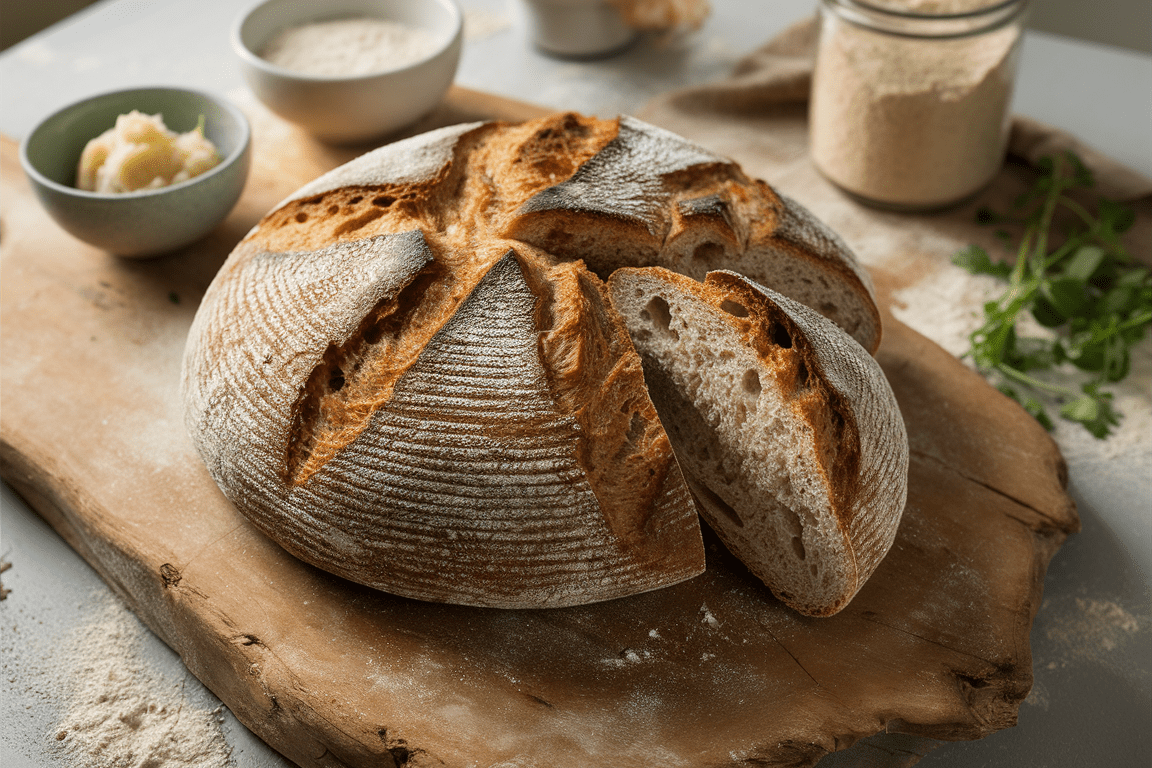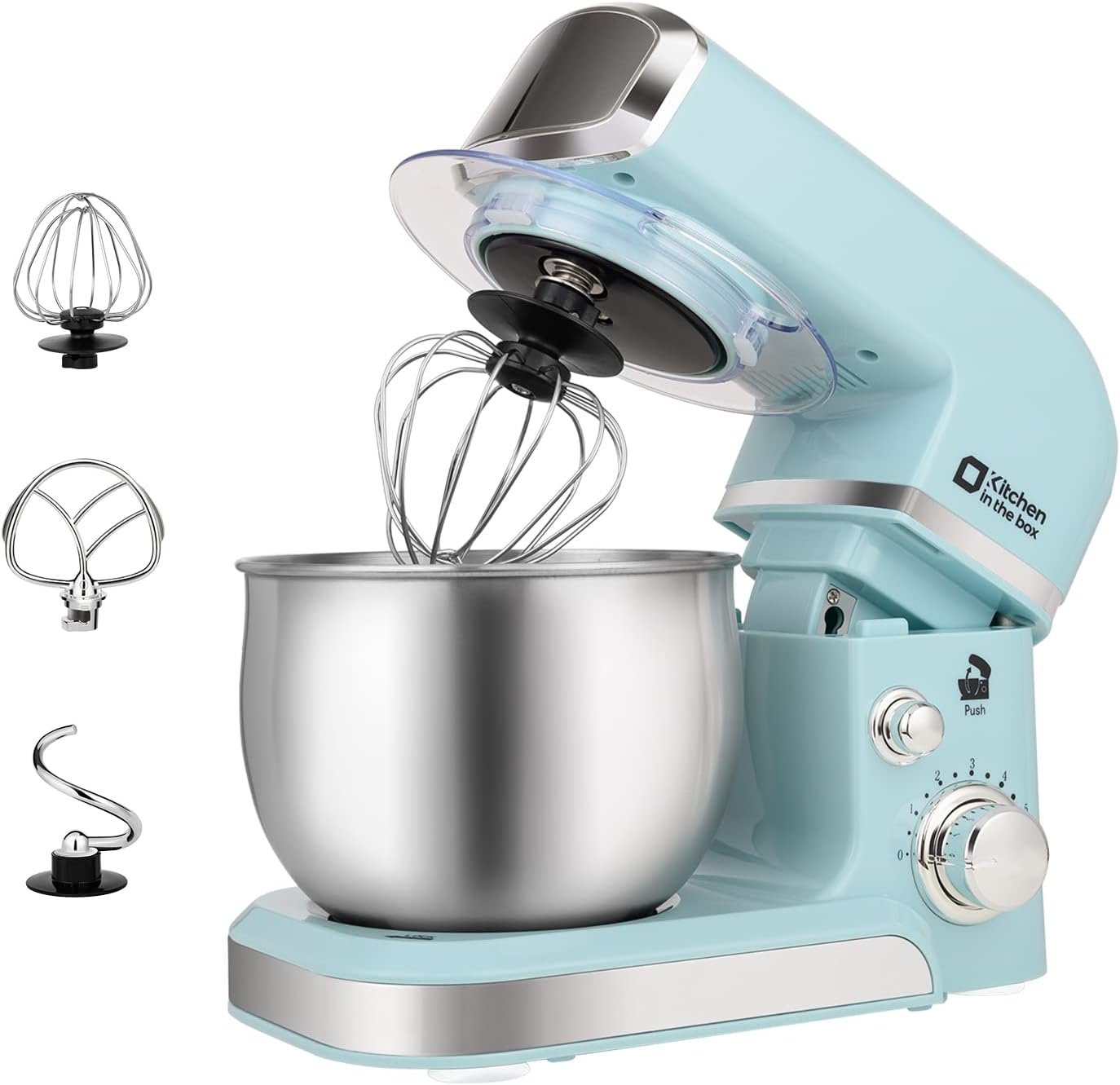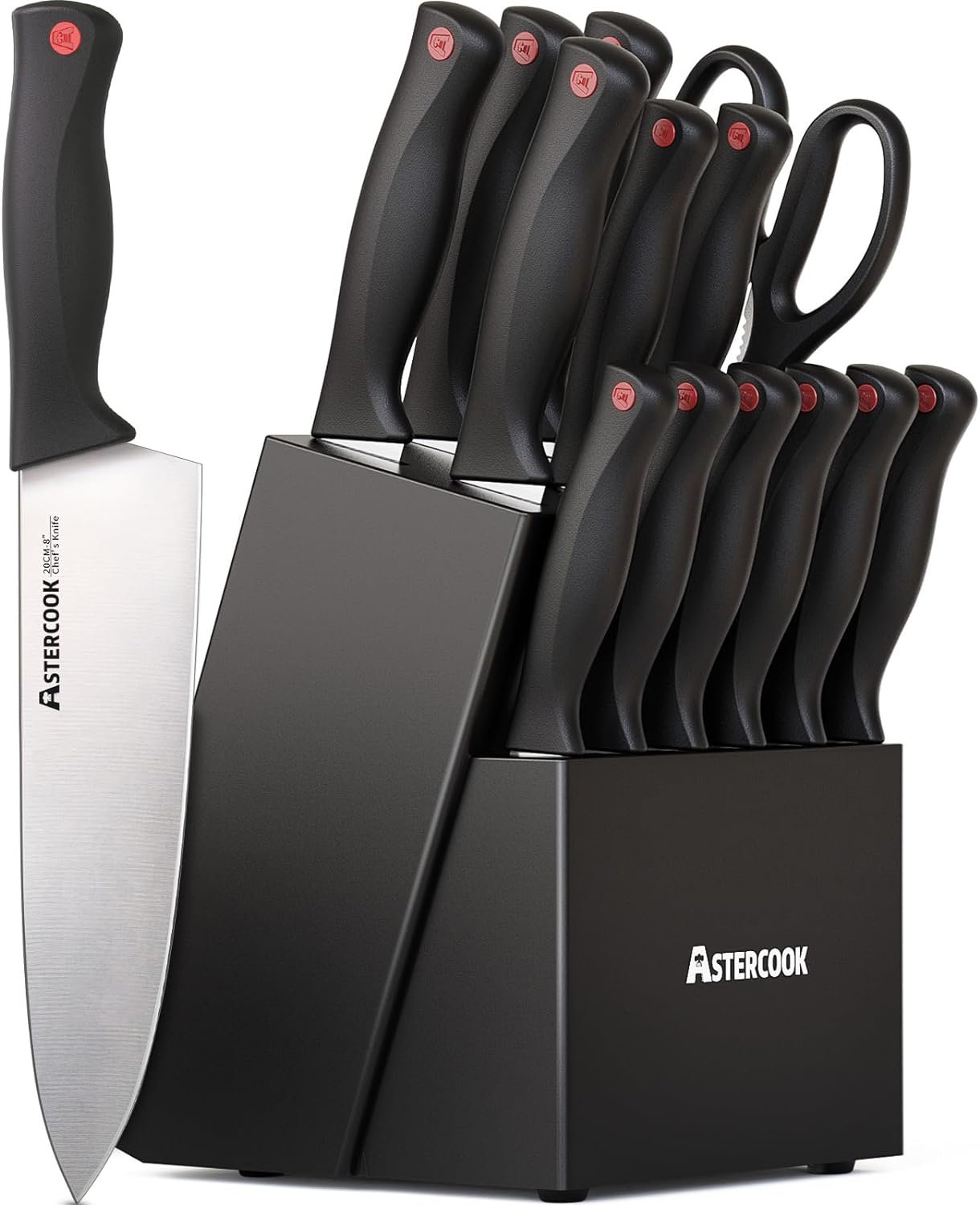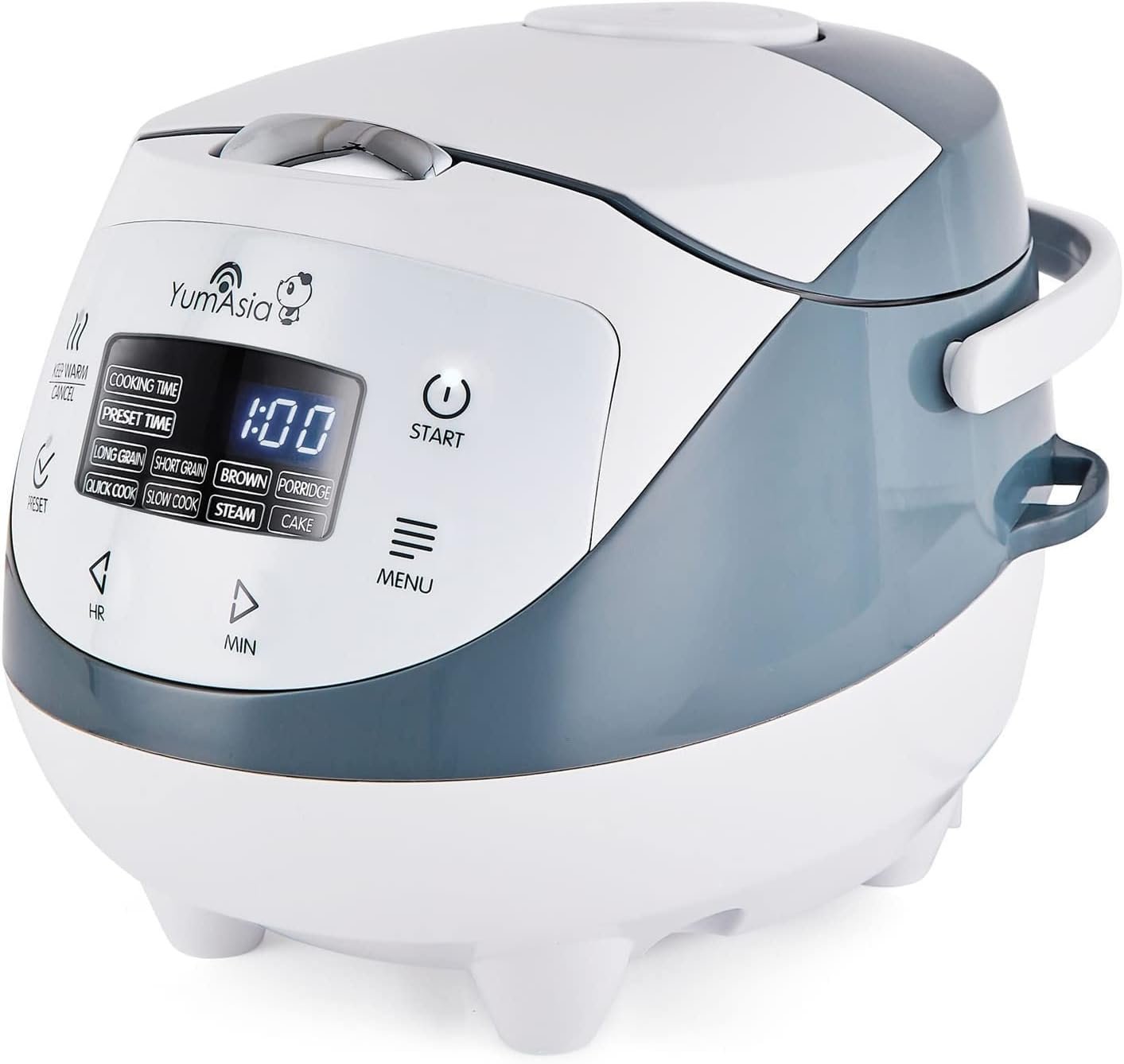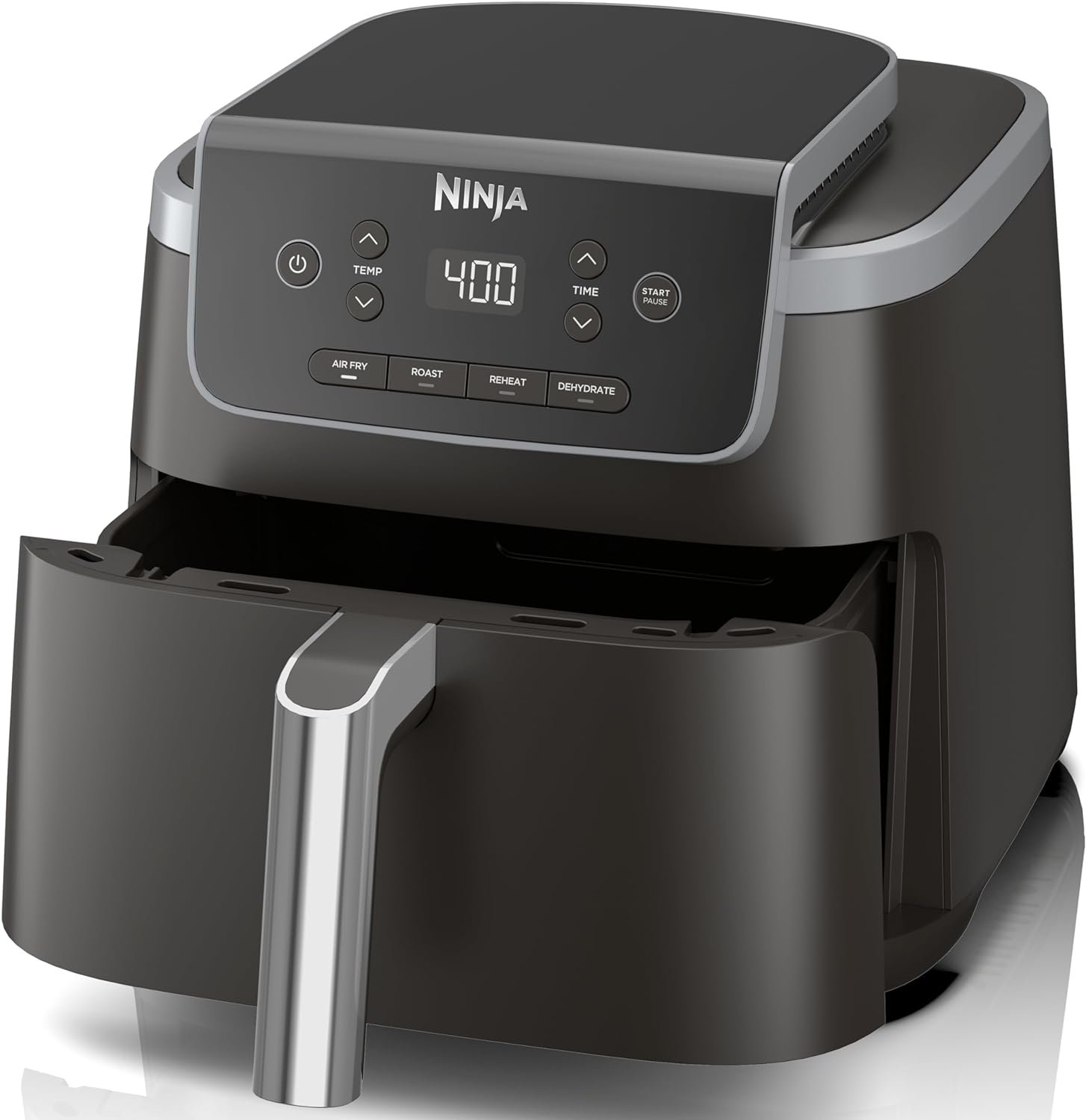Today, we’re celebrating a beloved Italian-American classic, with our lard bread recipe. This richly flavoured loaf, studded with cured meats and cheese, promises to bring a taste of tradition to your table. Perfect for sharing with family and friends, lard bread is a wonderful addition to any meal or as a stand-alone treat.
History of Lard Bread
Did you know that lard bread, also known as prosciutto bread or ciccioli bread, has its roots in the Italian immigrant communities of New York and New Jersey? Originating from the early 20th century, this bread became a staple, especially around Easter. The addition of lard gives the bread its unique flavour and tender crumb, making it a nostalgic favourite for many Italian-Americans.
Serving Suggestions for Lard Bread
Lard bread is incredibly versatile and can be enjoyed in many ways:
- Appetiser: Slice thinly and serve with a selection of cheeses and olives.
- Soup Sidekick: Pair with a hearty soup or stew for a complete meal.
- Sandwich Base: Use as the foundation for a robust sandwich filled with more Italian meats and cheeses.
- Breakfast Treat: Toast slices and serve with a dollop of butter or a drizzle of olive oil.
Storing Instructions for Lard Bread
To keep your lard bread fresh:
- Room Temperature: Store the bread in a paper bag or wrapped in a clean kitchen towel for up to two days.
- Refrigeration: For longer storage, place the bread in an airtight container or resealable plastic bag and refrigerate for up to a week.
- Freezing: Wrap the bread tightly in plastic wrap, then in aluminium foil, and freeze for up to three months. Thaw at room temperature before serving.
Reheating Instructions for Lard Bread
To enjoy your lard bread warm:
- Oven: Preheat your oven to 180°C (350°F). Wrap the bread in foil and heat for 10-15 minutes, or until warmed through.
- Toaster Oven: Place slices in a toaster oven at 180°C (350°F) for about 5 minutes.
Conclusion
We’d love to hear how you enjoyed this recipe! Share your thoughts in the comments below, and don’t forget to subscribe to our newsletter for more delightful recipes and culinary stories. Happy baking!
How to Make Lard Bread Recipe
Yum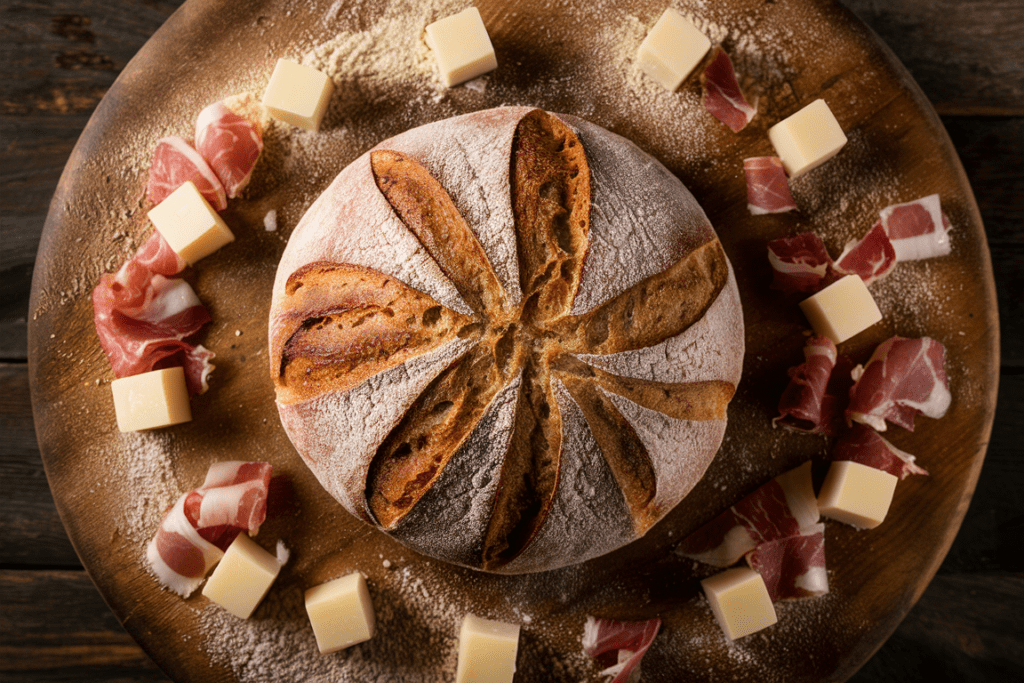
A Hearty Slice of Tradition: Lard Bread Recipe
Description
Lard bread, a traditional Italian-American delight, is a hearty loaf filled with diced prosciutto, pancetta, and provolone cheese. This bread's rich flavour and tender crumb come from the incorporation of lard, making it a nostalgic favourite. Perfect for any meal, this savoury treat can be enjoyed on its own, as an appetiser, or as a side to soups and stews.
Ingredients
Instructions
Prepare the Dough:
-
Combine Dry Ingredients
In a large mixing bowl, combine the bread flour, sugar, malt powder, yeast, salt, and ground black pepper.
-
Add Wet Ingredients
Melt the lard in a small pot and add it to the dry ingredients along with the warm water. Mix until a shaggy dough forms.
Knead the Dough:
-
Manual Kneading
Turn the dough out onto a lightly floured surface and knead for about 10 minutes until it becomes smooth and elastic.
-
Stand Mixer Option
Alternatively, use a stand mixer with a dough hook on low speed for about 5-7 minutes.
First Rise:
-
Let Dough Rise
Place the dough in a lightly greased bowl, cover with plastic wrap, and let it rise in a warm place for about 1 hour or until doubled in size.
Incorporate Fillings:
-
Deflate Dough
Gently deflate the dough and turn it out onto a floured surface.
-
Add Fillings
Flatten it slightly and sprinkle the prosciutto, pancetta, and provolone cheese evenly over the dough.
-
Knead Fillings In
Fold the dough over the fillings and knead gently to distribute them evenly throughout the dough.
Shape the Loaf:
-
Form Loaf
Shape the dough into a round or oval loaf and place it on a parchment-lined baking sheet.
-
Second Rise
Cover with a damp cloth and let it rise for another 30-45 minutes until it has nearly doubled in size.
Preheat the Oven:
-
Heat Oven
Preheat your oven to 230°C (450°F) with a baking stone or a Dutch oven inside.
Score and Bake:
-
Score the Loaf
If using a baking stone, transfer the loaf onto the stone and reduce the oven temperature to 220°C (430°F).
-
Dutch Oven Method
If using a Dutch oven, carefully place the dough into the preheated pot, cover with the lid, and bake for 20 minutes. Remove the lid and bake for an additional 25-30 minutes until the crust is golden brown and the loaf sounds hollow when tapped.
Cool
-
Cool Bread
Transfer the bread to a wire rack and let it cool completely before slicing.
Serve
-
Slice and Enjoy
Once the bread has cooled completely, slice it into desired thickness and serve.
-
Pairings
Lard bread is perfect on its own or paired with cheeses, olives, soups, or stews. It also makes an excellent base for robust sandwiches.
-
Serving Temperature
Enjoy at room temperature or warm slices in the oven or toaster for a freshly baked experience.
Nutrition Facts
Servings 12
- Amount Per Serving
- Calories 280kcal
- % Daily Value *
- Total Fat 10g16%
- Saturated Fat 4g20%
- Cholesterol 20mg7%
- Sodium 500mg21%
- Potassium 100mg3%
- Total Carbohydrate 35g12%
- Dietary Fiber 1g4%
- Sugars 2g
- Protein 10g20%
- Vitamin A 100 IU
- Calcium 80 mg
- Iron 2 mg
- Vitamin E 0.5 IU
- Vitamin K 1 mcg
* Percent Daily Values are based on a 2,000 calorie diet. Your daily value may be higher or lower depending on your calorie needs.
Note
- Malt Powder Substitute: If you don't have malt powder, you can substitute it with additional sugar.
- Lard Alternative: If preferred, you can substitute lard with butter or olive oil, though the flavour and texture will differ slightly.
- Meat and Cheese Variations: Feel free to experiment with different cured meats such as salami or pepperoni, and try different cheeses like mozzarella or gouda.
- Rising Tip: If your kitchen is cool, you can let the dough rise in a slightly warm oven (about 30°C / 85°F) to help it rise faster.
- Baking Stone: If you don't have a baking stone, a heavy baking sheet will also work.
- Dutch Oven Baking: Using a Dutch oven helps create a crusty exterior by trapping steam, but you can also place a pan of water in the oven to create steam if baking directly on a stone or sheet.



